How to feed cucumbers in the garden with ammonia and is it possible?
Nitrogen is an element necessary for the full growth of plants, including cucumbers. Watering cucumbers with ammonia, which contains this element, allows the plant to develop quickly and give a high-quality rich harvest. But it is necessary to do such a top dressing of a plant culture correctly, by applying fertilizer to the soil, since cucumbers will absorb the compounds necessary for their growth from it.
general information
Cucumbers are a vegetable cultivated plant that is sensitive to the presence of nitrogen in the soil. Therefore, they are often fed with ammonia. This is especially true for situations when the summer resident decides to plant a vegetable in the greenhouse immediately after the frost has receded.
Before applying such fertilizers to the soil, you need to make sure they are needed. The following signs may indicate this:
- yellowing of the lower leaves of the plant;
- the formation of small leaves throughout the plant;
- stem, shoots have a faded appearance, become thinner, break easily;
- the grown vine stops growing;
- cucumber inflorescences are formed, but not dissolved;
- the plant withers when the ambient temperature drops.
When such signs of nitrogen deficiency appear, fertilization is required to the soil. But the processing of cucumbers should not be haphazard, since the oversaturation of the soil with nitrogen activates the vegetative principle of growth in the plant.
Also, nitrates can accumulate in the tubers, the plant will be at risk of infection with fungal infections.
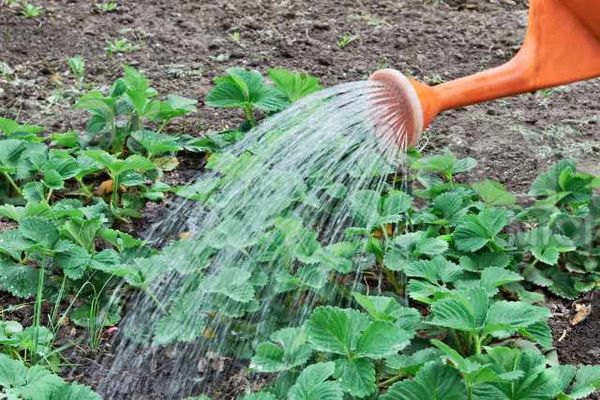
How to apply ammonia fertilizers correctly?
The need to use such fertilizer in the garden is due to the presence of signs of their deficiency. There are three types of ammonia feed used for processing cucumbers:
- foliar, that is, spraying;
- root, that is, watering;
- rubbing foliage.
The use of ammonia allows you to get a high-quality rich harvest not only when growing cucumbers in greenhouses, but also in the open field. You can fertilize cucumbers at different stages of their growth.

Experienced summer residents recommend processing the bushes in the early morning hours or in the evening. The following fertilization scheme is considered the best option:
- The first time is feeding the seedlings of cucumbers.
- Further, the fertilizer is regularly applied to plants in the stage of active green mass growth.
- Before the period of flowering and mass fruiting, the use of ammonia fertilizers is reduced.
For feeding cucumbers, you can use different concentrations of ammonia.
Optimal concentrations
Ammonia as a fertilizer for cucumbers can be used in various concentrations. The universal proportions of such fertilizer have been developed. It is prepared from 50 milliliters of ammonia and 4 liters of water.
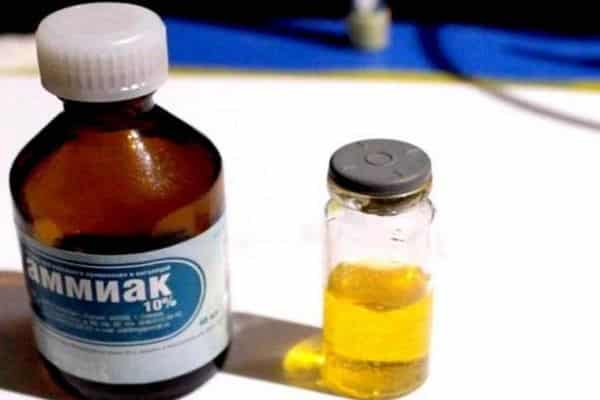
If there is a need for a weak concentration of this fertilizer, 1 tablespoon of ammonia should be diluted in 10 liters of water. And to get a concentrated solution, you need to mix 1 dessert spoon of ammonia and 1 liter of water.
The peculiarity of this fertilizer is that foliar treatment of plants is carried out by irrigation. This is due to the fact that, as in the case of hydrogen peroxide and iodine, ammonia is highly volatile. How to water cucumbers correctly, taking into account the volatile qualities of ammonia? If it is necessary to root fertilize the plant, the fertilizer must be poured strictly at the root, while the lek must form a clear visible stream.
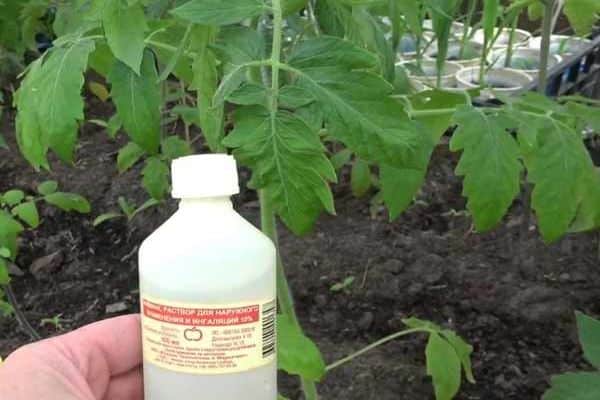
How to properly handle the culture? Watering cucumbers with ammonia should be in a non-sunny period of the day, and best of all in cloudy weather. When feeding cucumbers with ammonia using the root method, it is necessary to prevent burns. To do this, after watering, the plant is sprayed with clean water using the fog mode set on the spray gun.
If feeding is done by spraying, the spray mode should be selected on the spray gun, not nebula. This is because most of the nutrients will remain in the air in the case of fogging.
Mode of application
Can cucumbers be watered with ammonia throughout the entire growth of the plant? If there are indications for the introduction of ammonia fertilization, it is allowed to apply such fertilizers at any phase of plant growth. However, it is possible to feed cucumbers with ammonia as efficiently as possible using the following scheme:

- The best period for the first feeding is considered the beginning of active growth of the plant, which is observed during late spring, early summer. The use of ammonia for seedlings is carried out on a weekly basis using a universal solution.
- When the plant culture begins to actively form ovaries, it should be intensively fed. Processing should be done twice a week. Pour the concentrated solution over the cucumbers.
- When forming strong stems and full-fledged leaves, painted in a bright green shade, then the planting should be watered once a week with a universal solution.
- How to water cucumbers if the plant is sluggish with a lot of barren flowers? In such a situation, it is necessary to increase watering frequency.
- When the plant enters the fruiting and flowering phase, the frequency of watering should be reduced. At the same time, it is recommended to use a low-concentrated ammonia solution and manure as fertilizer.
At all stages of fertilization, it is necessary to monitor the plant's response to treatment.
Features of processing greenhouse cucumbers
If you need to spray or water those cucumbers that grow in the greenhouse, you need to maintain an optimal level of humidity. The air should not be too humid, otherwise the vegetables will suffer from diseases, especially rot.
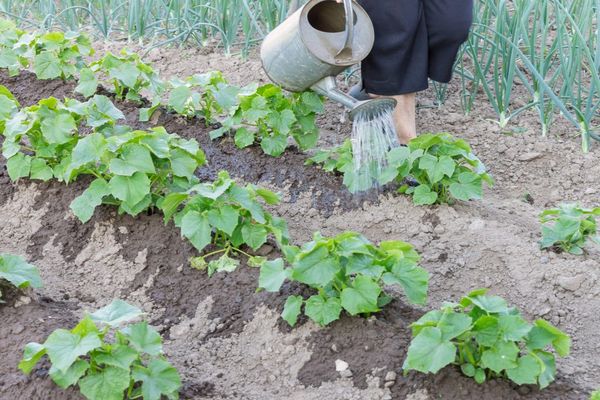
Use for feeding cucumbers growing in a greenhouse structurefollowed by a universal and weakly concentrated solution. In this case, before the procedure, it is necessary to thoroughly spray the green part of the plant with clean water to exclude the appearance of burns.
Pest control
Fertilizers based on ammonia are also used to eliminate pests. They are most effective in the fight against aphids, wireworms, and bear. Such solutions should be prepared according to a low-concentrated scheme: 1 tablespoon of ammonia is taken for 10 liters of water.
There is another recipe for getting rid of aphids on cucumbers.For a 10 liter bucket of water, 50 milliliters of ammonia and a quarter of a bar of laundry soap are taken:
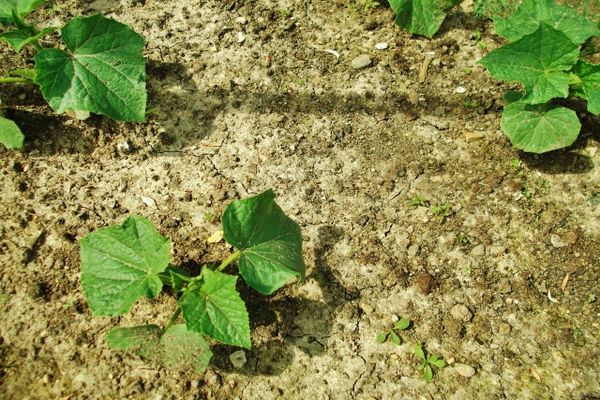
- The soap is rubbed on a fine grater.
- Soap shavings and ammonia dissolve in water.
- Everything is thoroughly mixed, and then used to wipe the foliage.
Ammonium from aphids is used by spraying the plant. Gloves, respirators or bandages should be used while processing the plant to eliminate the risk of burns.
During the period of feeding cucumbers with ammonia, it is necessary to provide careful care of the plant. Burns can be avoided by regularly spraying the foliage of the treated plants with clean water.
If the crop is attacked by diseases, the concentration of ammonia should be reduced or another fertilizer used for feeding.
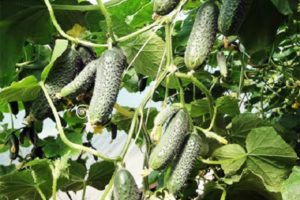
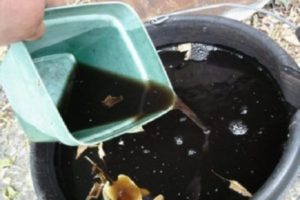





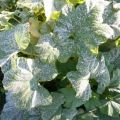
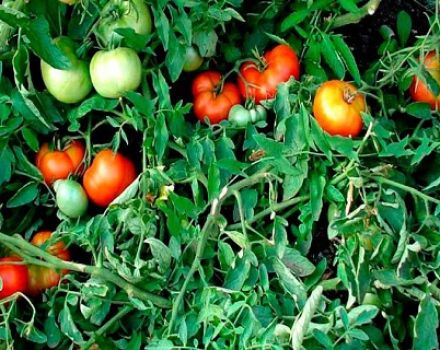

Once upon a time I fed cucumbers with ammonia, but it seems to me that this did not affect the yield much. Growth activator BioGrow - this is what any gardener needs if he wants to get a decent harvest. Well, feeding with natural fertilizers - mullein, for example.